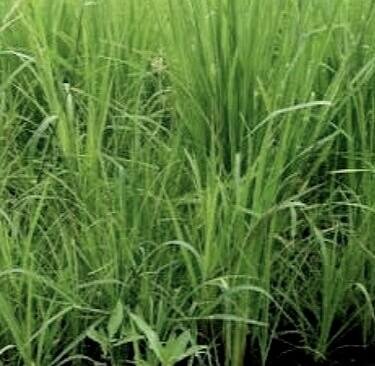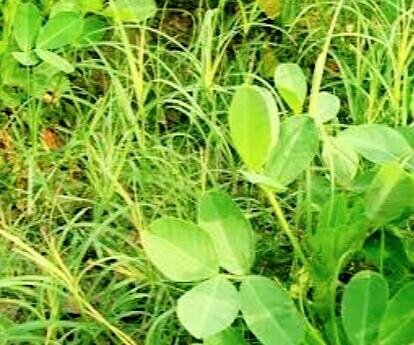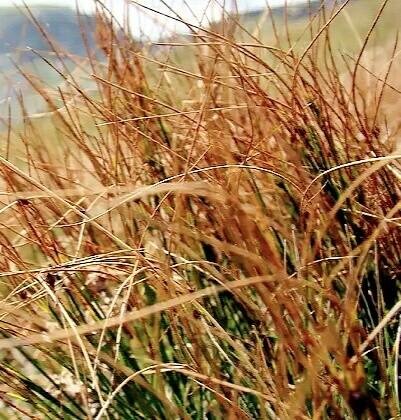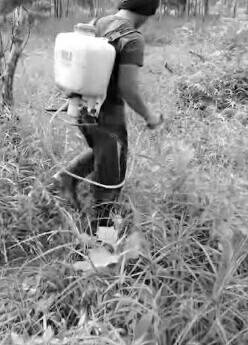Recognize Herbicides and how to cope with weeds on plants properly

The presence of weeds in the planting area is very undesirable by farmers because it will compete with plants grown in obtaining nutrients, water, and sun. As a result of weed attacks can decrease the harvest is large enough. The percentage of crop losses due to weeds in the state of Colombia (United States) to beans by 51.1%, corn 45.6%, potatoes 16.6%, and 54.4% of paddy.
In rice cultivation in Southeast Asia, the results showed that weeds can reduce grain weight. decrease depending on the type of gulmanya. Marselia crenata decreased 19% grain weight, while Monochoria and Fimbristilis decreased to 54% grain weight.
Based on the response to herbicides and their morphology, weeds are classified into four kinds, namely:
Weeds of grass (grasses weeds). Characteristics of these weeds are ribbon, rooting fibers, round stems, flat, potholes, or massive. Generally monocots of the Poaceae family. For example weed grass, and wire.
Weed broadleaf (broad leaves). This weed is a dicoty plant and ferns. For example creepage.
Weeds of puzzles (sedges). This group of weeds comes from the Cyperaceae family, belonging to monocots, fiber roots, leafy ribs, round stems, triangles, flat, and massive. Leaves do not have a leaf tongue and its growth point is hidden. For example (Cyperus kyllingia).
Weed fern (fern). is a weed that comes from a family pack. For example fern lizards (Dryopteris aridus) and fern kinca (Neprolepsis biserata).

The application of herbicides is usually determined by the main plant growth stage and weeds. For that there are several kinds of herbicides when viewed from the time of application.
Preparation herbicides (preplants) are applied when the plants are not planted but the soil has been treated.
Pretesting soil herbicides are applied to the vegetation in total for easy land clearing.
Pre-emergence herbicides are applied after planting seeds but have not germinated and weeds have not grown.
Post-emergence herbicides are applied at the time weeds and plants have passed the germination stage.

Judging from the way it works, herbicides are differentiated from contact herbicides and systemic herbicides.
The contact herbicide will shut down the affected weed tissue. This herbicide is applied by spraying and is particularly suitable for controlling weeds a year or seasonal weeds. For example (Physalis angulata L.), (Agematum conyzoides L) and spinach thorn (Amaranthus spinosa L). The weeds will die entirely in contact with this herbicide. However, when applied to the annual weeds that die only the upper part. So just like being cleared. While the roots remain alive.
The systemic herbicide is absorbed by the roots or leaves into the vessel network and then distributed to other parts so that weeds experience total death. Therefore the application can be by spraying leaves or watering to plant roots. Annual weeds (perennial weed) such as weeds, puzzles, and celestials are very effectively controlled by systemic herbicides.

The movement of herbicides into the body of the plant with two ways of working, namely selective and nonselective.
Selective herbicides, although applied to a variety of plants but will only kill weeds and relatively do not disturb the cultivated plants.
Non-selective herbicides are herbicides administered by soil or leaves that can kill almost all plant species.